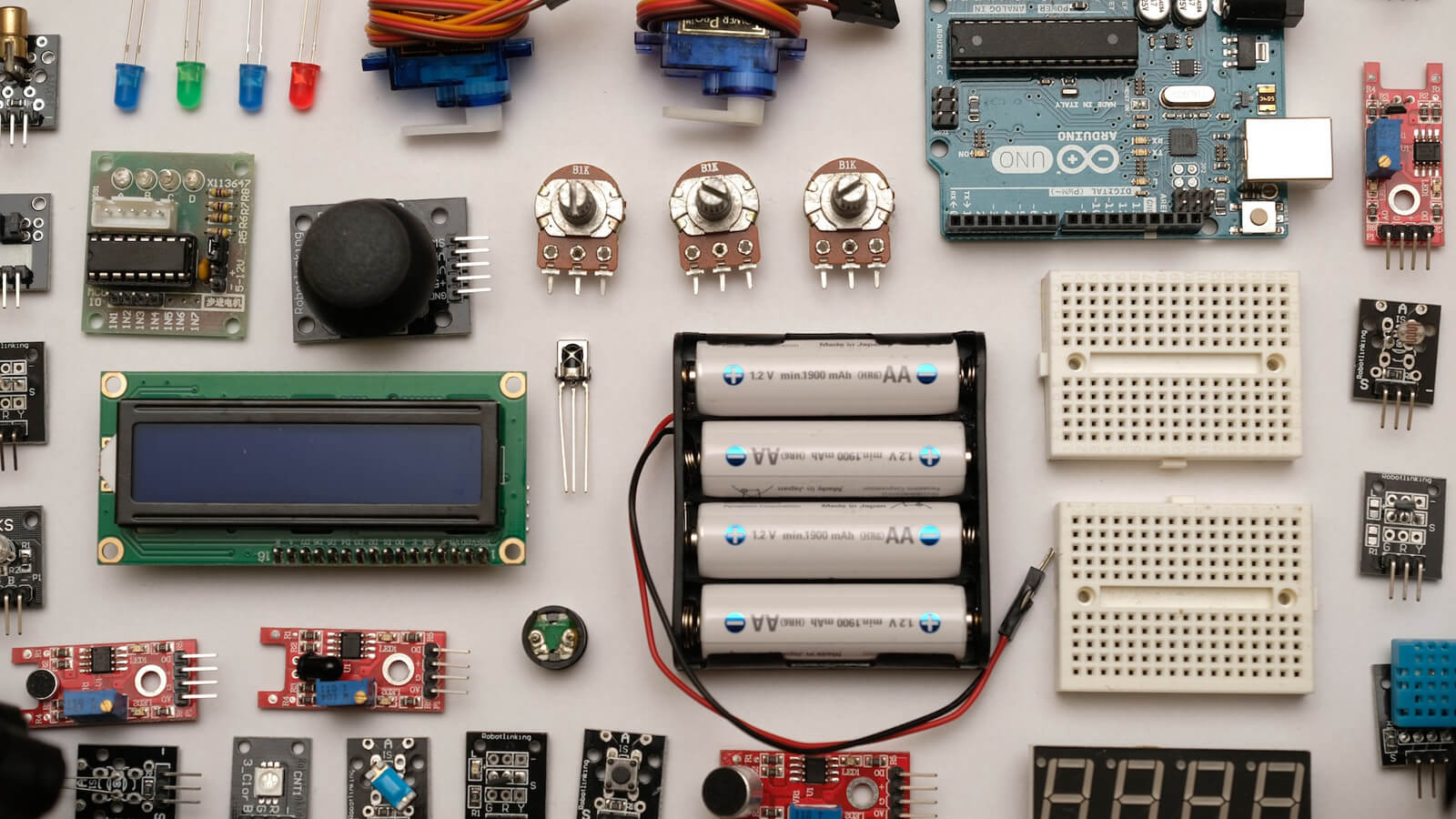
How a hall sensor works
The Hall effect is based on the principle that when an electric current flows through a conducting material placed in a magnetic field, a voltage is generated. If the magnetic flux vector is perpendicular to the surface of the sensor, the voltage is at its highest. Its value can be calculated as the product of magnetic induction and the magnetic sensitivity of the material. If the magnetic flux falls at a different angle, the voltage value will depend on the sine of that angle. However, the generation of voltage itself requires the use of a system that measures and processes it. Some models of sensors are combined with other circuits, such as voltmeters, amplifiers, or converters. Others are sold as complete devices, with the necessary accessories provided by the manufacturer. The wide variety of these sensors makes it easy to choose the right one for specific solutions.
How a hall sensor works
The Hall effect is based on the principle that when an electric current flows through a conducting material placed in a magnetic field, a voltage is generated. If the magnetic flux vector is perpendicular to the surface of the sensor, the voltage is at its highest. Its value can be calculated as the product of magnetic induction and the magnetic sensitivity of the material. If the magnetic flux falls at a different angle, the voltage value will depend on the sine of that angle. However, the generation of voltage itself requires the use of a system that measures and processes it. Some models of sensors are combined with other circuits, such as voltmeters, amplifiers, or converters. Others are sold as complete devices, with the necessary accessories provided by the manufacturer. The wide variety of these sensors makes it easy to choose the right one for specific solutions.
Hall Effect Sensors in practice
Hall effect sensors are primarily used in industry. While there are various other devices available on the market for measuring certain values, either they lack sufficient accuracy or their usage is too costly. Hall effect sensors are primarily used for measuring magnetic fields and the positions of objects that move with rotary or linear motion. Importantly, they can be applied in both standard devices and those requiring highly precise and accurate measurements. Manufacturers of these sensors can design and manufacture them in such a way that they meet all expectations. There is also a wide variety in terms of shape. Transverse models, in the shape of rectangles, work excellently for surface or gap measurements. On the other hand, axial versions are primarily used in various types of openings.
Source:
Tags:
poniedziałek 2020-11-02T18:00:00

